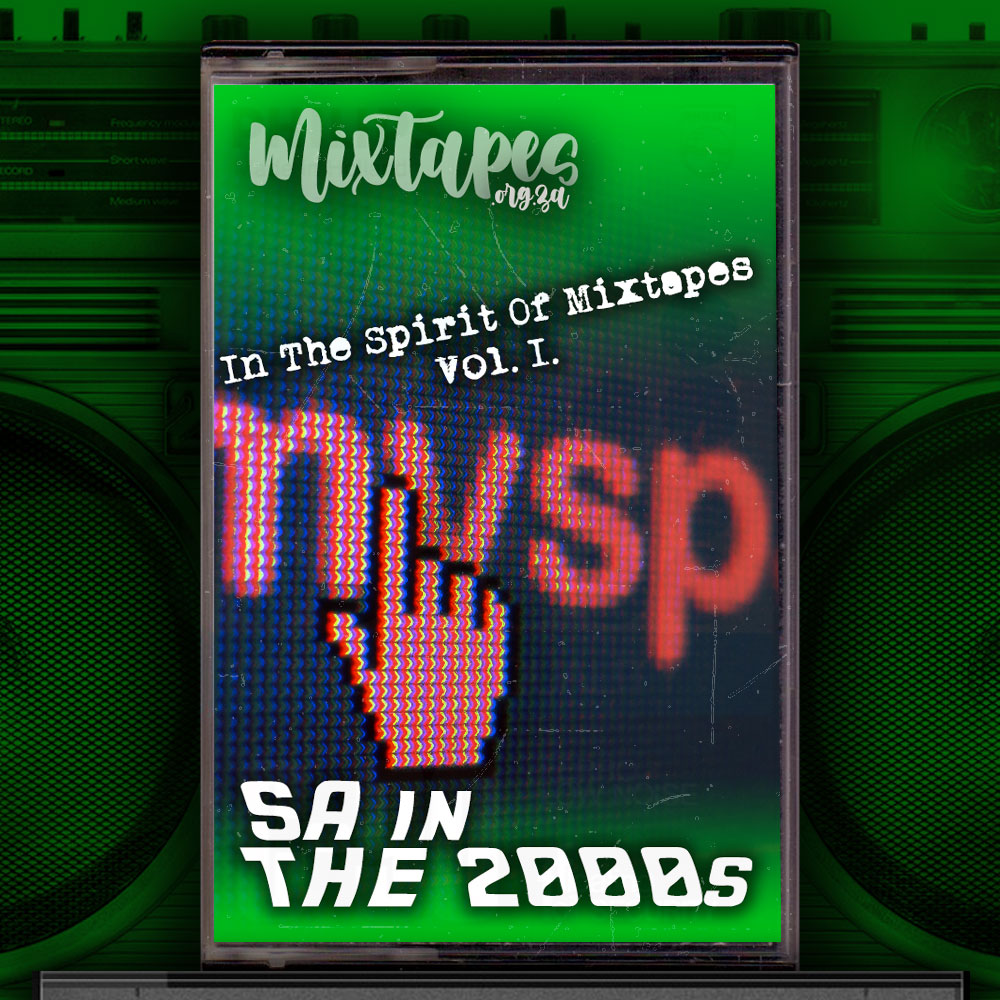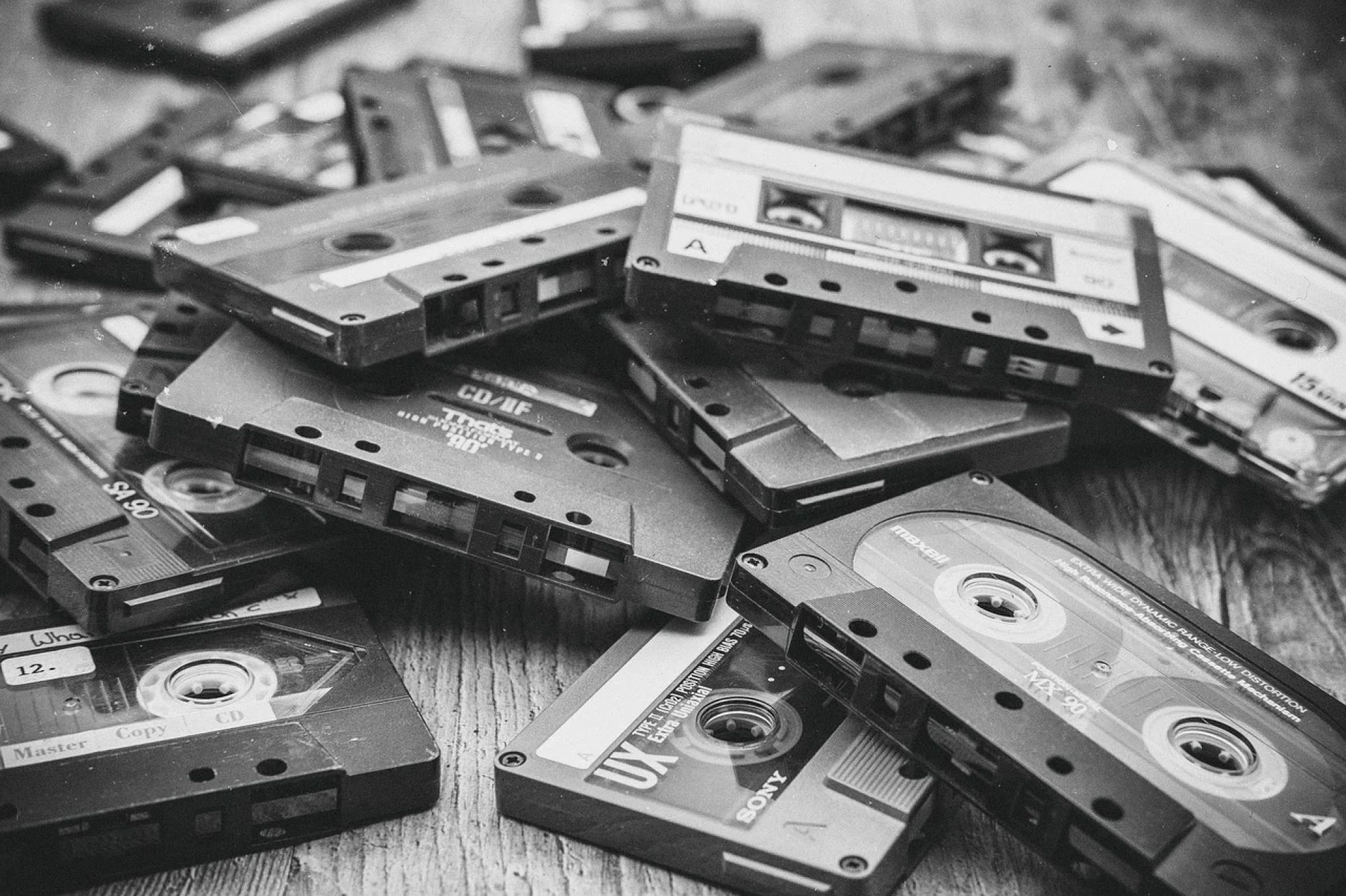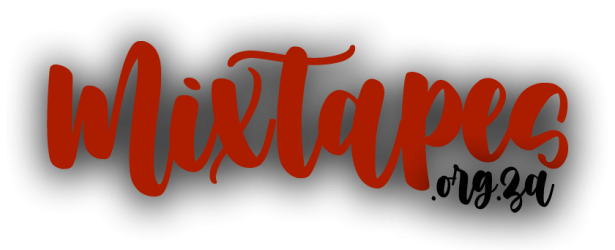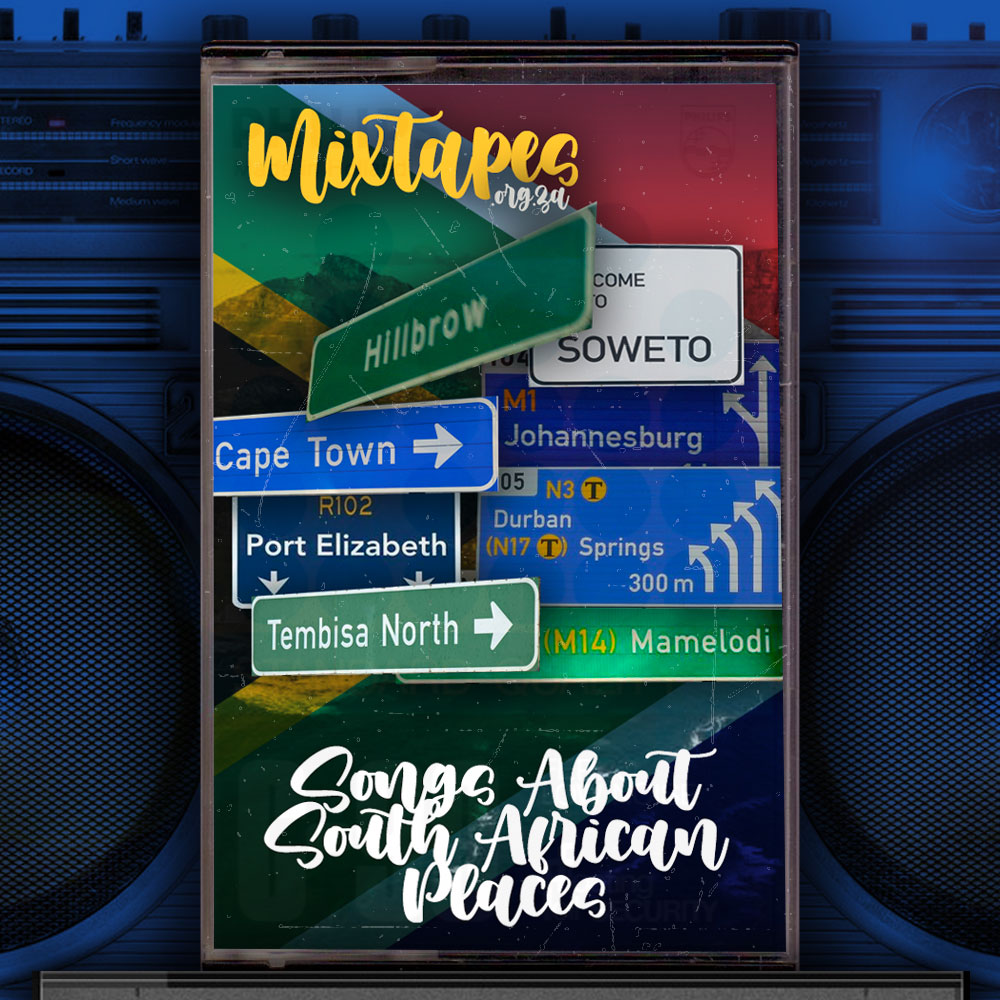
We have been putting together mixtape selections with various themes for over two years, but this is our first mixtape in which one of us has put together a selection of songs in the spirit of the old cassette mixtape: put together for various reasons but most often it was a work of creative passion. Mike Glennon of the School of Creative Arts and Media suggests that the “audio cassette and recordable cassette player allowed amateurs, enthusiasts and consumers to similarly capture, share and reconfigure recorded sound, thus inserting themselves into the production process.” In other words, we used to contemplate all the music we had at hand, and then select just a small assortment of those songs and record them in the order which we chose. In that exciting or special moment that selection of songs, in that particular order, became part of our identities.
Sometimes we made mixtapes for ourselves to play on a car journey or at a party, and sometimes we made them for somebody special. Sometimes the tape had a theme, such as songs with meaningfully chosen lyrics for a romantic partner (or optimistically chosen to woo a potential partner) or sometimes it was a selection of songs recorded from someone else’s record collection just so that we could take them home with us to listen to. I remember two or three occasions when I made mixtapes from records belonging to people for whom I was housesitting. Because, of course, those were the days when many of us had limited budgets for record or cassette purchases and there was no internet, so we had to make do with what we owned, what we could scavenge from others (by means of recording onto cassette) or the radio. And in 1970s South Africa, that pretty much meant middle of the road Radio 5 or some regional radio station like Radio Good Hope. Thus mixtapes were often the cherished option.
There was a lot of skill to making a good mixtape. While some of those skills apply to the modern day digital equivalent: the curated digital playlist, some uniquely belonged to the cassette mixtape. So for example, while in both instances there is a skill to choosing songs which flow exquisitely into each other and which maintain the listener’s ongoing interest, the cassette tape uniquely required a skilful choice of songs which fitted as closely as possible into a (typically) 30 minute or 45 time limit: the length of one side of a tape. I remember many wasted hours spent staring agonisingly at the diminishing amount of tape on the cassette feeder spool, balanced with equally anxious glances at the amount of space left before on the current track on the record as it span around the turntable. Much cursing took place when the play and record buttons snapped up on the tape deck, while the chosen song was still playing. That was the catalyst for a furious search through the record stacks for a song of the required length, most often something short. It was not acceptable to leave a long pause at the end of a cassette tape: it was a waste of precious recording opportunity. When one got it right it was with a sense of immense accomplishment: that moment when the last note of the songs played and then a few seconds later the cassette came to an end. Pure bliss! Another skill particular to a cassette mixtape was ordering the music of the two sides: so that each side had its own particular identity: fast vs slow songs or short vs long songs and so on. Or perhaps it was just a mix of a mixtape which in itself took careful compiling.
This is a bit of a mix of a mixtape. I have selected 20 South African songs from this century which I would like as many people as possible to hear and which in all likelihood would not have been playlisted on regional radio stations (or in fact any radio stations). These are songs I wish had been given regular rotation on commercial radio and which I wish had earned their composers and performers enough money to live off for a year or two, even if modestly. Instead I can only hope that people who listen to this mixtape find a few songs which they like and which in turn motivate them to go out and buy some of this music – in whatever format is available. Or perhaps support them at their next live show.
I don’t want to say too much about the musicians I have chosen. That can be up to you. Some of them are people who have appeared on the scene fairly recently (such as Adelle Nqeto and Madele’ Vermaak) or who have been around a bit longer but whose music I have discovered in the past five years or so, such as Hot Water and Lucy Kruger & the Lost Boys). I am also always interested to hear new music brought out by people whose music I grew up with – before I left university, that is. So on this mixtape that includes Dax Butler (of Nude Red who appeared on the Shifty Records Forces Favourites album), 70s folk singer, Paul Clingman, Bright Blue’s original vocalist, Robin Levetan, eVoid, Jennifer Ferguson, Gary Herselman (with his project, Die Lemme), and Syd Kitchen and Madala Kunene with their project as a duo, Bafo Bafo. Beyond that there’s a mix of people who make exciting music, most of whom have been around for ten or twenty years or more: the Dolly Rockers, Simphiwe Dana, Guy Buttery (with an appearance from Vusi Mahlasela), Amathongo, Nakhane Toure, Laurie Levine, Matthew van der Want, Chris Letcher and Hotep Idris Galeta. Listen, enjoy and find out more!
Michael Drewett
- Lovesong – Dolly Rockers
- Standing On Air – Die Lemme
- You Keep Calling – Simphiwe Dana
- Mix It Up – eVoid
- Perfect Day – Robin Levetan
- Bushfire – Hot Water
- Lift Me Up – Dax Butler
- Everywhere Everything – Paul Clingman
- Werner Meets Egberto In Manaus – Guy Buttery & Vusi Mahlasela
- Mlisa – Bafo Bafo
- Nozimama – Amathongo
- Tabula Rasa – Nakhane Toure
- Where Have You Gone – Laurie Levine
- Stay – Adelle Nqeto
- Empty Hands – Lucy Kruger & The Lost Boys
- Pocket Full Of Stones – Madele’ Vermaak
- God’s Hotel – Jennifer Ferguson
- Dream Of You – Matthew Van Der Want
- Frail Lib – Chris Letcher
- Blues For Mongezi – Hotep Idris Galeta


